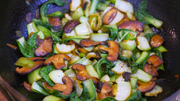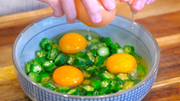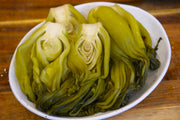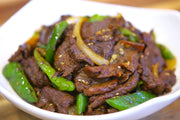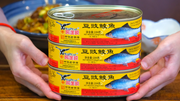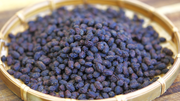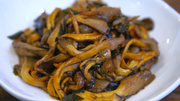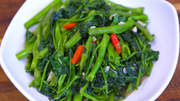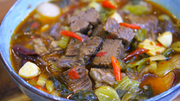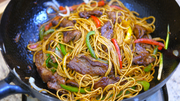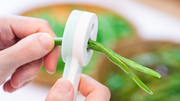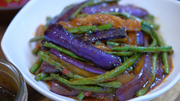Homemade Taiwanese Rice Noodles (自制米苔目)
Rated 3.0 stars by 11 users
It is hard to buy fresh Taiwanese rice noodles (米苔目) abroad but it is very easy to make at home. There are only 2 ingredients involved, but it is tricky. I will go into detail and guarantee you the perfect homemade rice noodles every single time.
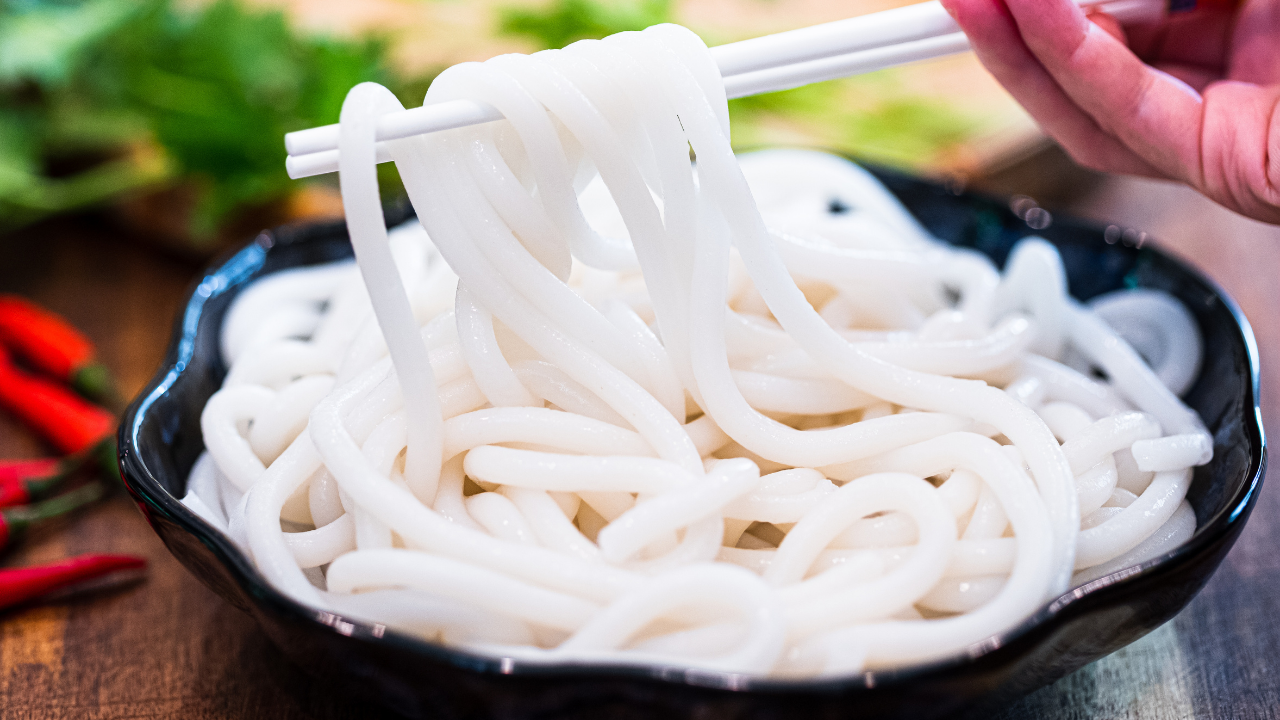
Ingredients
-
200 grams of rice flour
-
60 grams of tapioca flour
-
320 grams of water
Directions
Before we turn on the heat, assembled a reusable piping bag and a 1/4 inch round piping tip on the side because once the dough is done heating, you need to immediately transfer the dough into the piping bag to stop the cooking process. Do not use the plastic piping bag because you have to squeeze the noodles out with quite a lot of force, and the plastic ones will break right away.
Combine the rice flour, tapioca flour, and water into a non-stick pot. Stir to mix well and set it aside. Stainless steel pot could work but there is a risk of sticking.
Stir the flour-water mixture over low heat constantly. When you see a big chunk of starch formed on your spatula, immediately remove the pot from the stove and take some time to incorporate the lumpy chunks until the mixture is even. Put the pot back onto the stove and keep stirring over low heat. Wait for the starch to form again. Repeat this process for 3-5 times. The goal is to get an even dough, otherwise, the noodles will break apart.
The mixture will get thicker as you repeat this on and off the stove process. Lift up the mixture to check the consistency constantly. If the mixture drips down like a straight ribbon, that is too thin. Keep heating for a little more. When you lift up a big batch of dough, one chunk falls off, then the rest stays on your spatula with a swinging tail. That is the time to transfer the mixture into the piping bag. Do not overcook it otherwise, it becomes too hard, and you can not squeeze the noodles out. The window for this perfect consistency is only 30 seconds; if you miss it, you will end up with a failure.
Bring a big pot of water to a boil. Evenly squeeze the noodles into the water.
Turn the heat to high and keep cooking. The cooking time depends on how you gonna use these noodles. If you are going to season and eat the noodles right away, you should cook them fully. When the noodles are fully cooked, they will float to the top of the water. If you are going to use the noodles to make stir fry or boil them again in the broth to make noodle soup, then don’t cook them all the way through, which means you should remove the noodles before they float to the top of the water.
Transfer the noodles into the ice bath. This will give them a nice chewy texture.
Store the noodles in a calendar and they will stay good in the fridge for 4-5 days


